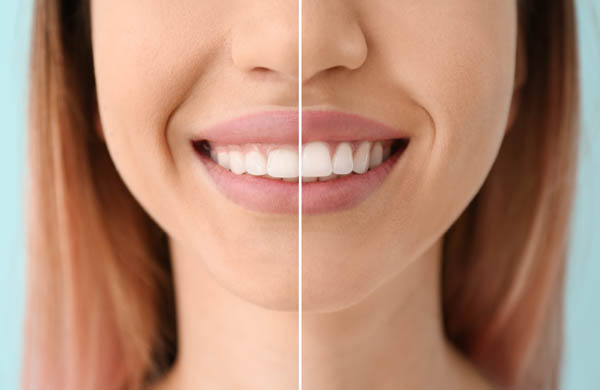What to Expect from a Gingivectomy

The scientific name for gum tissue is gingiva. A gingivectomy is a surgical procedure to remove gum tissue that is diseased and has become detached from the teeth. It may be performed if a root planing and scaling has not been sufficient to address symptoms. The procedure removes pockets between the teeth and gums that allow bacteria to collect and provide easier access for professional cleaning of the teeth.
Gingivectomy can also be performed for aesthetic reasons to improve the appearance of the smile when the gum tissue is healthy but overabundant. This is less common; gingivectomy is usually only performed for therapeutic reasons.
What can you expect during the procedure?
The length of the gingivectomy procedure depends on the amount of tissue that has to be removed. If it is only a small amount, then the procedure can be completed in about 30 to 60 minutes. If extensive removal and reshaping are required, the procedure may take longer or require several separate visits to complete.
The procedure can be performed with either a scalpel or a laser device. Laser gingivectomies are increasingly common because they offer several significant advantages over scalpels:
- Less chance of infection from contamination of the blade
- Less bleeding because the laser cauterizes the wound
- Greater precision
- Faster healing
Prior to the procedure, the periodontist numbs the gums so you should not feel any pain. Your mouth may produce excess saliva, so your periodontist may keep a suction tool in your mouth throughout the procedure to remove it promptly. Your gums need to be protected while they heal, so your periodontist may place bandages over them along with another type of dressing that appears as a soft, putty-like substance.
What can you expect after the procedure?
Once the numbing agent wears off, you may experience discomfort and jaw pain. This is normal and should subside after a few days. You can use cold compresses to help ease the pain, as well as over-the-counter pain relievers, such as acetaminophen (Tylenol) or ibuprofen (Advil). If you are at risk for a postsurgical infection, your periodontist may prescribe antibiotics for you to take as a precautionary measure.
It is also normal to experience bleeding from the gums for the first few days following your procedure. You should receive instructions on how to change the dressings from your periodontist following the procedure. Your periodontist should also advise you how long you need to keep the bandages on your gums or schedule a follow-up appointment at which you should receive further instructions.
Saltwater rinses under the guidance of your periodontist can help to prevent gum irritation and infection by controlling oral bacteria. Do not use any other types of mouthwash. As you recover from surgery, it is important to keep up excellent oral hygiene to prevent further gum disease. If you have questions about flossing around the surgery site, ask your periodontist. Otherwise, floss your teeth once a day and brush them at least twice daily.
Conclusion
Though rarely performed for cosmetic purposes, a gingivectomy is usually done to treat gum disease by removing damaged and detached gum tissue. Following the periodontist's instructions following surgery helps you to recover more quickly without complications.
Contact our office for a consultation with a periodontist about treatment options for your gum disease.
Check out what others are saying about our services on Yelp: Gingivectomy in Ventura, CA.
Related Posts
Metal braces have long been the expected option for correcting misaligned teeth, but the introduction of Invisalign® treatments has many dental patients rethinking the choice. There are many reasons to choose a clear aligner system over metal wires and brackets to achieve a uniform smile and straighter teeth, but the decision is ultimately up to…
Dentures restore chewing power and an aesthetically pleasing smile, but the right food choices help everything feel natural. During the first few days, soft textures build comfort while you can learn new habits. With simple techniques and smart options, eating with dentures becomes easy and enjoyable. Here are some examples of what denture wearers can…
Choosing between dental bonding and porcelain veneers becomes easier when a cosmetic dentist outlines the benefits, limitations, and long-term value of each option. Many adults today seek smile enhancements that are both natural-looking and durable, but understanding which treatment best fits specific goals can feel overwhelming without professional input. A cosmetic dentist considers factors such…
Gum disease, also known as periodontal disease, poses a critical threat to your oral health when it is left untreated. While this oral health condition may seem mild, it can progress rapidly. Not only can gum disease affect your oral health, it can impact your overall health and quality of life. Understanding the consequences of…
